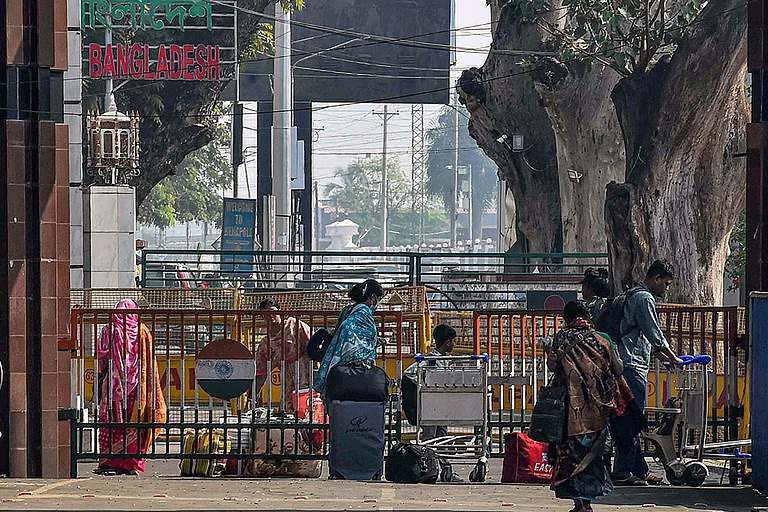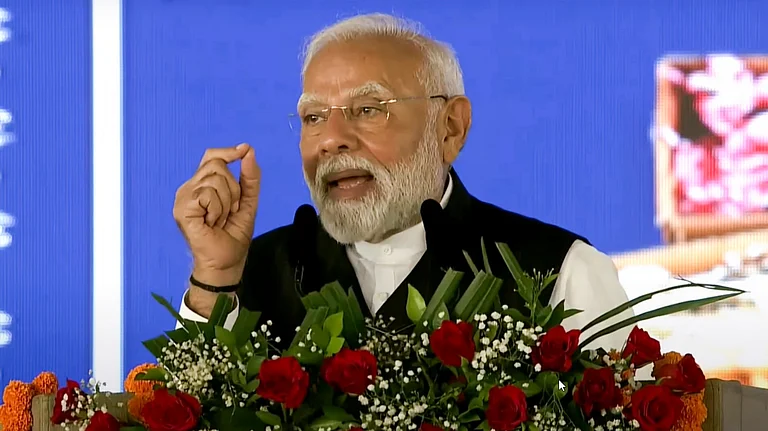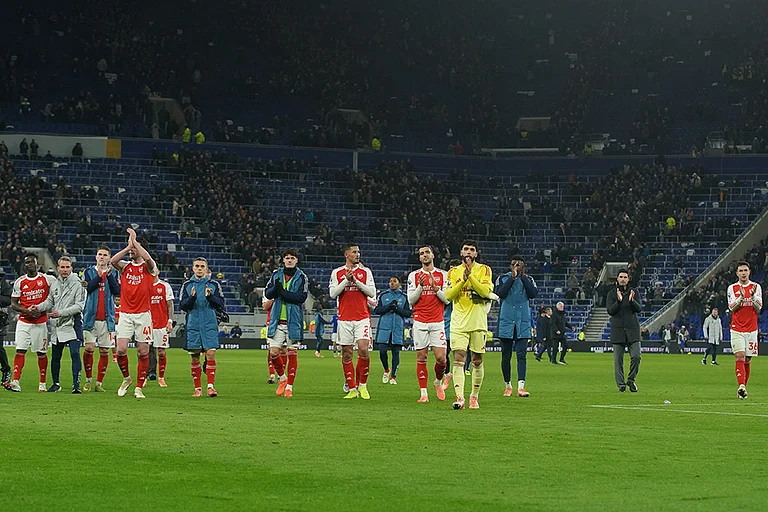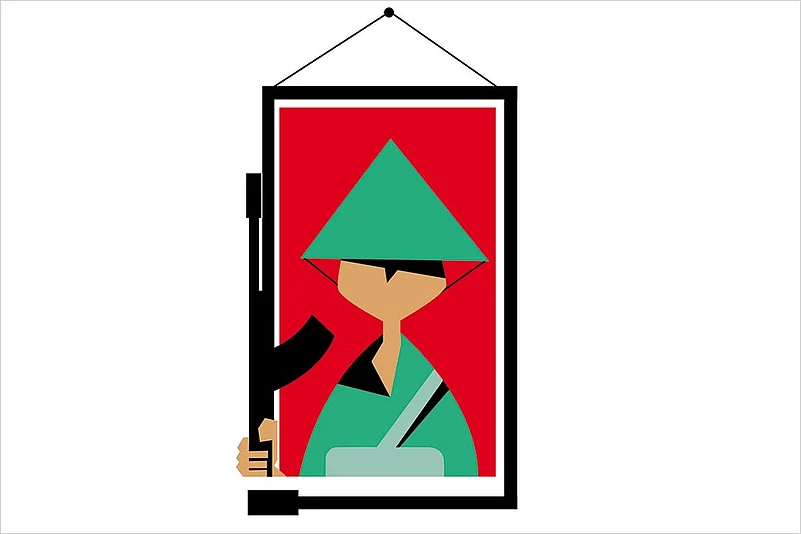No politically aware person who grew up in the 1960s and 1970s can forget the Vietnam war. A lot of it happened in the southern part of the country where the Viet Cong, backed by the People’s Army of Vietnam (PAVN), battled the Americans and the South Vietnamese regime.
The long war is now distant memory yet the tourist economy infrastructure of the country is dotted with reminders in the form of museums such as the War Remnants Museum in Ho Chi Minh City (Saigon) and its counterpart in Hanoi, and tourist ‘destinations’ like the tunnels of Cu Chi, near HCM City, where the Viet Cong created a 250-km complex of tunnels to conduct their war.
Da Nang is another loud echo from the wartime. The biggest US airbase in its time is a boom town today with an active night-life. Nearby is the Imperial City of Hue that saw the bloodiest battle of the war during the Tet Offensive of 1968. The Viet Cong and PAVN lost the battle, but they eventually won the war. The imperial citadel where the Viet Cong and the PAVN made their last stand was napalmed and bombed, with most of its ancient buildings destroyed. Now it proudly flies the Vietnamese flag and tourists throng some of the restored buildings of the Ngyuen empire.

























